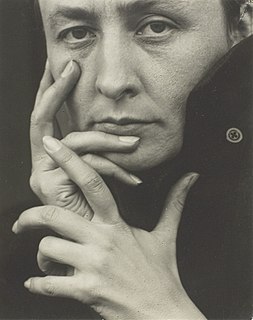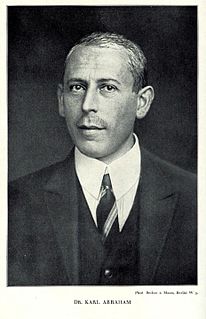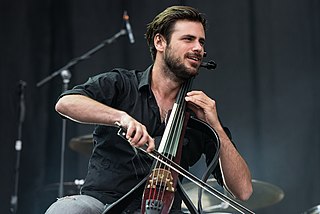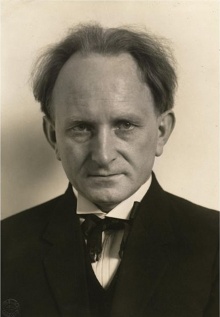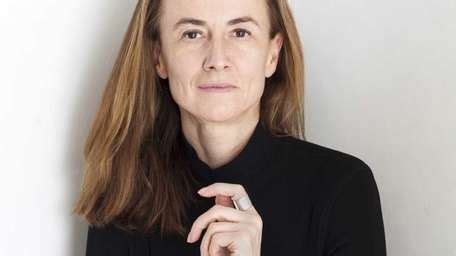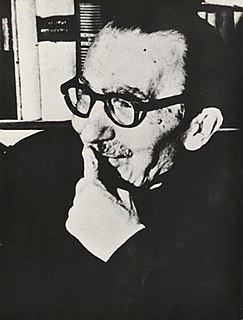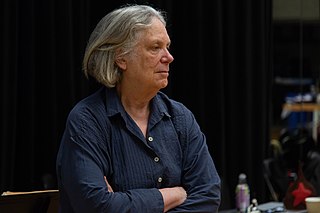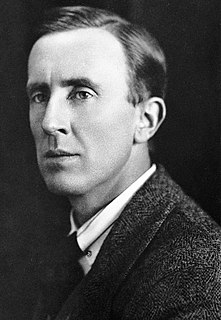A Quote by Gilbert K. Chesterton
But they none of them create the psychological conditions in which I first saw, or desired to see, the flower.
Related Quotes
Confusion conditions activity, which conditions consciousness, which conditions embodied personality, which conditions sensory experiences, which conditions impact, which conditions mood, which conditions craving, which conditions clinging, which conditions becoming, which conditions birth, which conditions aging and death.
The management of creativity is more intimate. By that I mean that it deals with an individual's personal, psychological landscape. It deals with the way you create relationships. It deals with creating an atmosphere and environment that support the creative process. As a result, it is a management skill set that is inherently psychological and that encourages desired outcomes rather than demands those outcomes.
You can purify your existence by feeling deep within yourself a beautiful rose or lotus, or any other flower that you like. A flower is all purity. Try to identify yourself with the consciousness of the flower or with the purity of the flower. Today it is imagination, but if you continue imagining for five days, or ten days, or a month or two, then you are bound to see and feel the flower within you. First you may feel it, then you are bound to see the existence of the flower, and then automatically the fragrance and the purity of the flower will enter into you to purify you.
I am not a psychological novelist, and I try very hard not to allow the reader to see the plight or circumstances of the characters as individual psychological plights. That's my preference; still, a lot of people do read my novels as psychological studies, and they're right to read them that way too, if that's what they mean to them.
Psychoanalysts have been occupied for a long time with the difficult question of what the psychological conditions are which determine the form of the neurotic disease to which the individual will succumb. It is as though he had a choice between different illnesses and led by unknown impulses selected one or other of them.
Some sort of belief in all-powerful supernatural beings is common, if not universal. A tendency to obey authority, perhaps especially in children, a tendency to believe what you're told, a tendency to fear your own death, a tendency to wish to see your loved ones who have died, to wish to see them again, a wish to understand where you came from, where the world came from, all these psychological predispositions, under the right cultural conditions, tend to lead to people believing in things for which there is no evidence.
Under none of the accredited ghostly circumstances, and environed by none of the conventional ghostly surroundings, did I first make acquaintance with the house which is the subject of this Christmas piece. I saw it in the daylight, with the sun upon it. There was no wind, no rain, no lightning, no thunder, no awful or unwonted circumstance, of any kind, to heighten its effect.
Pure photography allows us to create portraits which render their subjects with absolute truth, truth both physical and psychological. That is the principal which provided my starting point, once I had said to myself that if we can create portraits of subjects that are true, we thereby in effect create a mirror of the times in which those subjects live.
There's nothing else exactly like it in any other art form, the orchestration of so many different elements. It's endlessly fascinating what can be done editorially. You can create meaning where there was none, you can create feeling where there was none, you can create narrative where there was none. Two frames can be the difference between something that works and something that doesn't. It's fascinating.


